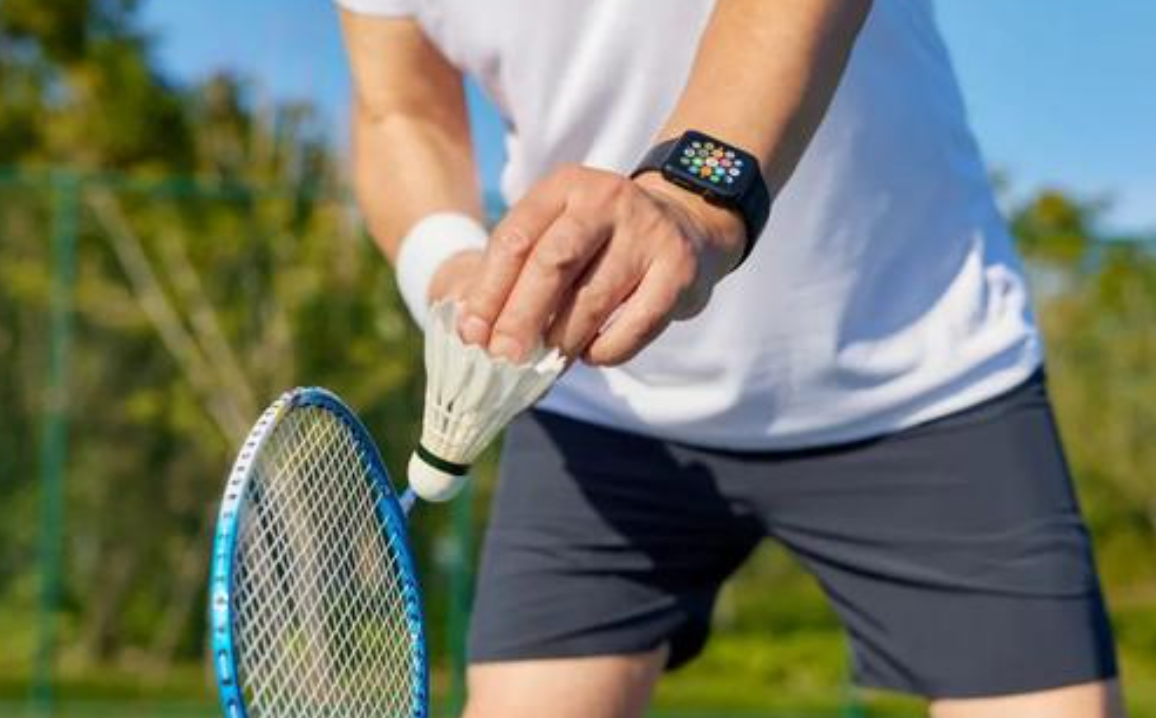
The stress fracture caused by running in the case of Lao Chen is not rare in acute sports injuries, which is easy to be ignored and lead to misdiagnosis and mistreatment.
A stress fracture is a bone injury caused by overuse. It is not because the body suddenly encounters some kind of violent impact and causes bone fracture, but because the muscle fatigue can not disperse the impact force borne by the bone in time,
and eventually cause cracks and fractures in specific parts. The initial fracture is usually only cancellous bone, cortical bone is normal. In this way, the patient has no problem walking, but the impact force is relatively large when running,
which can cause symptoms. After such a problem occurs, the patient should stop running and get better after four to six weeks. If walking does not hurt, do not limit walking too much; If walking pain, CT scan should be taken to see if there is any cortical bone fracture.
After the occurrence of the above injuries, athletes usually have the following symptoms:
1.Pain in the injured area. The degree of pain depends on the degree of structural damage to bone tissue, ligaments, muscles and tendons and the pain threshold of the patient. When the injury is mild and the ligament is partially broken,the pain is generally mild. If the injury is severe and the ligament is completely broken, not only the pain is severe, but also other symptoms will be associated. The pain caused by a fracture is usually more intense, and the pain caused by a stress fracture of cancellous bone caused by running is only felt during running.
2.Bleeding and swelling. Fracture, muscle tendon tear and ligament rupture are often accompanied by injury and bleeding of the ligament itself and the surrounding joint capsule, and cause joint swelling. When the amount of blood loss is more or the subcutaneous tissue is thinner, you can also see subcutaneous bruising, cyanosis and so on.
3.Impaired mobility and function. Ligament damage often leads to joint mobility disorders, and the injured are afraid to move the joints.
4.Hear the tearing sound. Sometimes the injured person can hear the sound of torn ligaments or displaced tissue damage. In addition, joint dislocation fractures can also see changes in the normal shape of the joint or limb, which is clinically called traumatic deformity.
The treatment and rescue principle of acute sports injury is to save lives before treating diseases. If there is life-threatening craniocerebral injury, the injured person has consciousness problems or acute damage to the airway, heart and other organs,
they should be sent to the emergency department immediately. Personnel without professional knowledge must not attempt to reset or carry without protection, so as not to aggravate the damage.
However, in most cases, acute sports injuries can be managed according to the RICE principles. To wit:
R (rest) : Rest. The injured joints can be protected by plaster, brace, etc.
I (ice) : Apply ice immediately. Ice application within 24 to 72 hours after injury can play a role in reducing swelling and pain relief. Taking the injury of the medial collateral ligament of the knee joint as an example, the ice lasts for 10-20 minutes each time, and is applied repeatedly at an interval of 1-2 hours, 5-6 times on the first day, and then decreasing as appropriate.
C (compression) : compression dressing. Elastic bandages or soft dressings may be applied with a pressure bandage to reduce swelling.
E (elevation) : Elevation of the injured area. Making it higher than the heart helps the veins flow back to reduce swelling.
Involving spinal fracture and dislocation or joint dislocation and other important parts that have the risk of neurovascular injury, the multi-person horizontal lifting method should be used during transportation to avoid aggravating the dislocation and causing neurovascular injury.
Although accidental injuries can be difficult to prevent, there are steps we can take to protect ourselves from sports-related injuries. Regular exercise is the best way to avoid acute sports injuries.
When we exercise daily, it is necessary to strengthen the exercise of muscle groups such as limbs, shoulders and waist to ensure the overall balance of muscle strength, but also to strengthen the exercise of muscle strength around the joint,
such as focusing on exercising the muscles of the knee joint, ankle joint and shoulder joint. Warm up before the activity, wear necessary protective gear during the activity, and stretch and relax after the activity.
In addition, those who have suffered ligament injury in the past should gradually return to exercise after adequate rehabilitation exercise.What are the risks behind the Fast and Furious extreme sports
Whether extreme sports, which originated in the West, are a game for rich people, or a search for the value of life under rules and experiences, perhaps everyone has a different answer.

